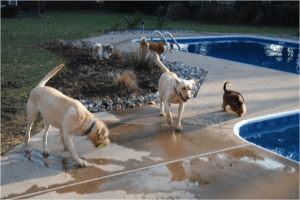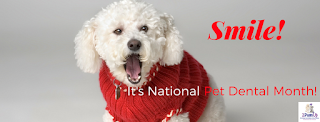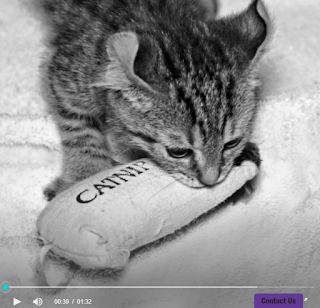Dog Tips: Keeping Cool When It Gets Hot
“Don’t sweat the small stuff.”
If you’re human, this wise advice is actually hard to follow since our bodies are made to sweat. We get rid of body heat by the process of evaporation. We pretty much have a built-in AC system. However, if you’re canine, you’re really great at not sweating things because, hey, you actually can’t sweat that well at all!
While we are equipped with sweat glands all over our bodies, dogs actually only have a few sweat glands in their paws. Their main method for keeping cool is to pant. Dogs use their lungs for evaporative cooling. Body heat is drawn into the air in the lungs and then is expelled when the dog breathes out. This cooling process is helped along by saliva in the mouth, which cools down as air passes over it. This cooling process isn’t as efficient as ours since the evaporative surface area of our skin is so much bigger than the evaporative surface area in our dogs’ lungs. Canines with short snouts, or those who are overweight or old, have an even harder time keeping cool since their panting can be obstructed or limited.
So this summer, as the temperatures start to climb, lend your dog a paw in keeping safe and cool by following these tips and reminders.
Water, water, water.
Hydration is very important for your pet. All that panting will dry them out. Cool water will also help lower your dog’s interior temperature.
Avoid the heat of the day.
If you’re going on walks with your dog, or if you’re going out to play, try to go early in the morning or later in the evening when the sun is not so direct.
Avoid high-heat areas.
A dog absorbs heat in the pads of the feet, the legs, and the underbelly. Your dog is also closer to the ground than you are and so he’s likely to experience the brunt of the heat radiating from the ground. On your walks, try to avoid the surfaces that radiate the most heat, like dark asphalt. This applies even after the hottest part of the day has past, since asphalt can stay warm all the way in to the evening.
Watch out for humid days.
High humidity makes it even harder for dogs to cool down since it limits the evaporation process. If a dog is panting in hot and humid air, it won’t pull out the dog’s body heat through the lungs. Monitor your dog’s temperature on particularly humid days.
Don’t leave you pet in the car.
When it gets really hot outside, it’s not enough to simply crack a window to keep the car cool while you’re in the store. If you wouldn’t be happy sitting in the car with the AC off, then you can be sure your dog won’t like it either.
Make some shade.
If your dog spends a lot of time outdoors, make sure he always has access to shade. Check your yard throughout the day to see how trees and structures cast shadows in your area. If you don’t have sufficient shade, a doghouse or constructed awning can help. It may be useful to know that one reason dogs dig holes is so they can have a cool place to be. If your dog is digging, that might be a sign that he’s feeling too hot.
Stay trim but don’t shave.
Although they seem hot (and they probably are) dogs’ coats are also a protection against sunburn and scorching. A well-groomed and trimmed coat will allow air to circulate across the skin, but a matted coat will trap heat close to the body.
Try other things to keep cool.
Fill a kiddie pool with water and let your dog go wild. If you’re in a park with a lake that your dog can play in, let ‘em at it.
Soak a towel in cold water and let your dog lie on it. This will get the cool temperature to your dog’s skin faster and better than putting a towel over your dog’s back, where their fur is the thickest.
Signs of an overheated dog.
An overheated dog will pant and drool excessively and may show difficulty in breathing. He might seem weak, dizzy, or lethargic and will be slow to respond to commands. More severe signs of heatstroke will include bloody diarrhea, vomiting, seizures, and collapse. Take your dog to the vet immediately if this occurs.
For more - https://www.2pawsupinc.com/




Comments
Post a Comment